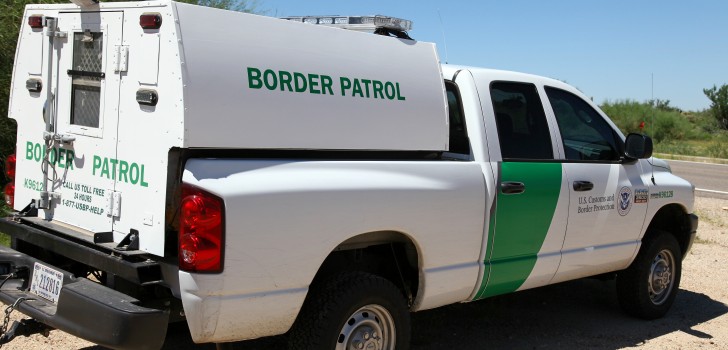For many people in New York, Arizona, Texas and other states along the border of Canada and Mexico, Border Patrol checkpoints are commonplace. Without needing reasonable suspicion or probable cause, federal agents can and do stop drivers traveling through the area, even when they are not crossing an international border.
After stopping a driver at a checkpoint, Border Patrol agents can then decide to send people into “secondary” for additional questioning or a search. While Federal agents can stop United States drivers at checkpoints without reasonable suspicion or probable cause, conducting a search requires that the agents have a warrant, consent or probable cause (often provided by a positive dog sniff).
Customs and Border Protection (CBP) is the United States Border Patrol’s parent agency. CBP now reports that Border Patrol has 35 “permanent checkpoints” and “the capability to open 182 Tactical Checkpoint sites along both borders as illegal border activity trends demand.”
In a public statement, CBP says that, “the Border Patrol carefully selects checkpoint locations to maximize border enforcement while minimizing the burden on law-abiding travelers, and the effect on legitimate traffic.”
Border Patrol is a domestic law enforcement agency, with agents patrolling the streets of American cities and operating highway checkpoints that require Americans to stop during routine travel and explain themselves to federal agents. Interestingly, CBP has more officers and agents than any other domestic law enforcement agency in the United States and the size of Border Patrol has increased dramatically over the past thirty years.
In describing how he feels about CBP, Brian Erickson of the ACLU states that, “It’s kind of amazing that they don’t have to justify who they detain and why. Whether it be excessive use of force or racial profiling, the Border Patrol currently answers to no one, and there’s very much a perception that agents who do wrong are not held accountable by anyone. There’s no transparency.”
According to a Homeland Security Advisory Council report issued this summer, the organization praised the CBP’s new direction under Commissioner Gil Kerlikowske. Kerlikowske has emphasized the training of agents in improving detention standards, de-escalation techniques and exploring the possibility of adopting body cameras. Moreover, since August 2014, CBP has the ability to conduct internal criminal investigations of its employees.
While the ACLU and other groups feel that CBP marches to the beat of its drum, they do acknowledge the agency is heading in a more transparent and positive direction.
Stay Connected